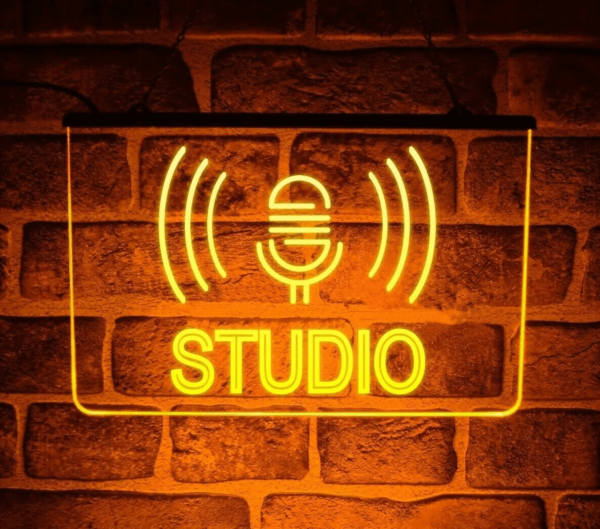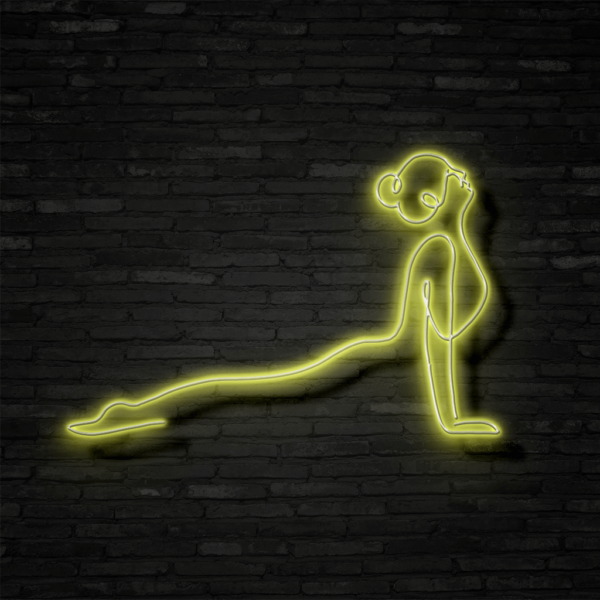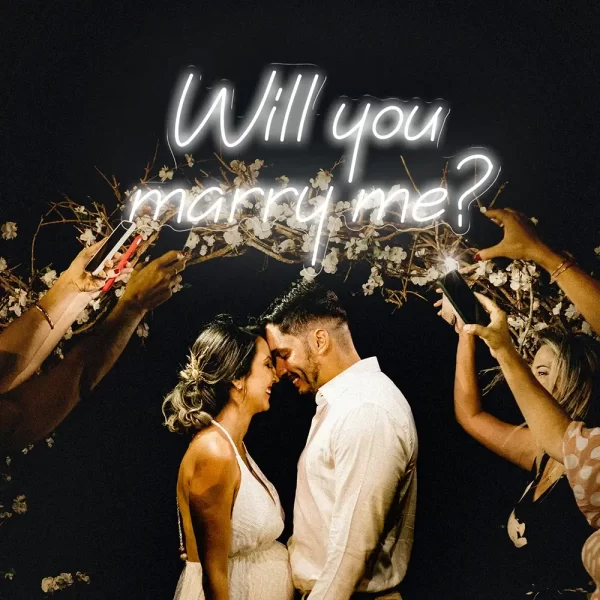
Are neon lights bad for your eyes?
Neon lights have evolved beyond their initial role as mere ornamental features. Presently, they are ubiquitous, gracing the aisles of stores, pages of magazines, and even adorning certain automobiles. Apart from their aesthetic appeal, these lights offer advantages such as energy efficiency and customization.
Amidst this luminosity, a pertinent question arises: Are neon lights bad for your eyes? To find the answer, please follow Xneonshop's following article!
Are neon lights bad for your eyes?
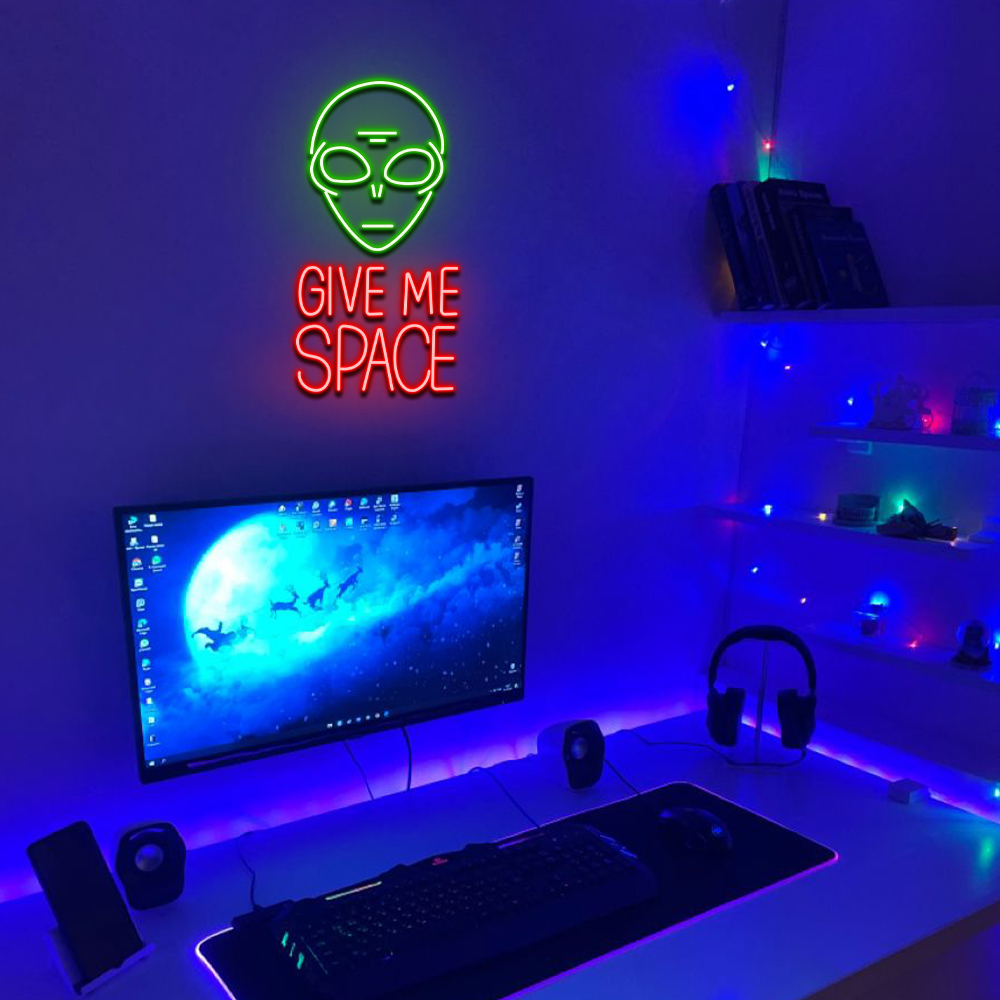
Impact of a neon sign on your eyes
Here are some harmful effects that neon light can cause to your eyes. Let's find out now:
What kinds of bulbs pose the greatest threat to our visual acuity?
According to a specific research finding, the "2000 to 3500 K and greater than 500 nm range of light is considered safe." This implies that our eyes are susceptible to potential harm from blue light, which falls within the visible spectrum. However, blue light can be classified as short-wave or long-wave based on its wavelength. A publication titled "Blue Light and Displays" by Gary Heiting underscores that blue light wavelengths ranging from 415 nm to 455 nm can cause eye irritation.
A 2018 study suggests that short-wave blue light may lead to sleep disruption and dry eyes, while blue light with longer wavelengths (455 to 495 nanometers) does not harm the human eye.
In fact, it has been established that longer-wavelength blue lights can play a role in regulating sleep. LEDs emitting COLD-WHITE light, as opposed to WARM-WHITE light, are discussed in contrast. A standard warm white LED bulb has a color temperature of around 3000K. Warm white light closely resembles the illumination from a regular incandescent bulb and is suitable for various residential settings. In comparison, a cold white LED has a color temperature of 5000 to 6000 K, making it appropriate for lighting in areas such as kitchens and bathrooms.
Contemporary LED lights typically produce white light by emitting from a blue LED coated in phosphor, with wavelengths around 470 nm, ensuring the absence of harmful ultraviolet (UV) rays.
>>>See more: Are Neon Signs Dangerous?
Impact of LED on Your Eyes
Scientists express concern regarding prolonged exposure to LED lights. Age-related macular degeneration (AMD) stands as a significant cause of blindness in developed countries.
Nevertheless, research suggests that LED lights pose minimal threats to the general population. Extended exposure during evenings and nights may disrupt the body's natural sleep rhythm, although the study highlights that young children and other vulnerable groups might face risks due to LED pollution.
The research indicates that children, in particular, are more susceptible to the effects of blue light, which may cause eye irritation in older individuals. Previous studies have linked prolonged exposure to intense sunlight with visual difficulties, attributing the issue to the prevalence of blue light during the day.
For those concerned about potential eye damage from LED lighting, it is advised to consider the LED's wavelength and to avoid prolonged exposure to sunlight. When using screens, use filters, and opt for soft yellow or warm white LED bulbs to prevent eye strain. While the light emitted by LEDs itself is not harmful, prolonged exposure can have adverse effects, emphasizing the importance of protecting eyes from ultraviolet (UV) radiation.
Which neon sign color is best for your eyes?
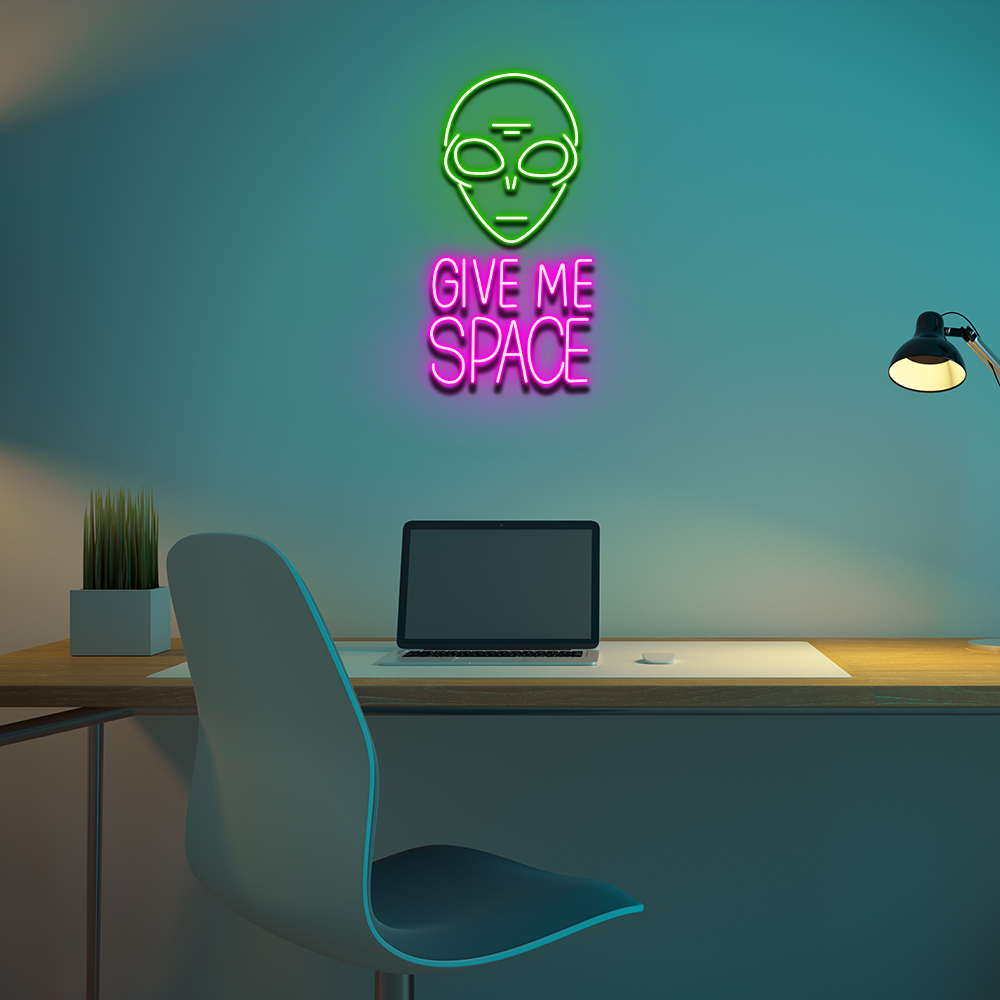
As commonly acknowledged, neon lights represent the cutting-edge in lighting technology. They have gained popularity not only for office decorations but also for advertising signs and festive displays.
Neon lights can achieve nearly any color within the visible spectrum. Optimally, the most eye-friendly hue among neon colors is yellow. The yellow color boasts a longer wavelength, reducing the need for our eyes to exert strain during observation and ensuring easy visibility.
However, it's essential to avoid prolonged exposure to any color, even the eye-friendly yellow. One notable advantage of neon lights is their dimmable feature. This feature allows users to adjust the light intensity to lower levels, providing a safeguard for the eyes and minimizing eye strain. You can learn why neon signs have different colors to better understand this.
How to protect?
UV rays are pervasive in virtually every light source, ranging from sunlight to the screens of our mobile phones. There are practical steps one can take to mitigate the impact of UV rays on eyesight.
Take a break for your eyes
The most straightforward approach to prevent excessive light exposure is to regulate your exposure. Take regular breaks away from the screen and consider adopting the 20-20-20 rule. Every 20 minutes, pause your computer work to focus on something 20 feet away for 20 seconds. This practice helps alleviate eye strain and serves as a consistent reminder to be mindful of UV light exposure.
Look into computer glasses
For individuals spending extended periods in front of screens, investing in computer glasses is advisable. These glasses are equipped with yellow-tinted lenses that effectively block harmful UV rays. Additionally, you can opt for glasses tailored to your specific working distance, promoting eye relaxation and reducing strain.
Invest in no-glare lenses
If you work during nighttime hours, investing in no-glare lenses becomes crucial. Nighttime conditions can impact color recognition, peripheral vision, and depth perception. No-glare lenses enhance safety and comfort while driving at night by providing clearer vision and shielding the eyes from distracting reflections. These lenses also offer relief from eye fatigue, contributing to overall eye well-being.
Functional food supplements
There are pharmaceutical options available to mitigate the risk of eyesight damage. Professionals recommend supplements that incorporate vitamin C, vitamin E, zinc, lutein, and zeaxanthin. Individuals incorporating these preformulated eye vitamins into their regimen demonstrated a 25% lower likelihood of developing eye diseases.
Conclusion
Are neon lights bad for your eyes? Neon lights, when utilized in a responsible manner, present minimal to no risk to our eyes. Their enchanting radiance and visual allure make them a popular choice for many, and when appropriate precautions are taken, they can be appreciated without apprehension.
As with any indulgence, maintaining a sense of moderation is crucial. Revel in the splendor of neon lights, but consistently prioritize your well-being. For more detailed information and additional support, please contact us through:
- Website: https://xneonled.com
- Email: support@xneonled.com
 Free Express Shipping
Free Express Shipping
 49% Off
49% Off
 12-Months Warranty
12-Months Warranty






